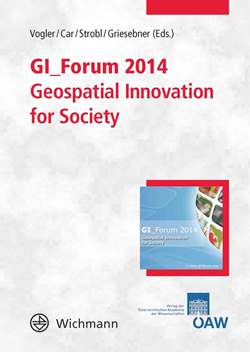
GI_Forum 2014, Volume 2, pp. 25-29, 2014/06/18
Geospatial Innovation for Society – Conference Proceedings

Knowledge about the distribution of impervious surface is important to the understanding of urbanization processes and environmental consequences. This paper compares two methods for classifying the degree of imperviousness for the large metropolitan region of the fast growing city of Guangzhou in southern China: spectral mixture analysis (SMA) and object based image analysis (OBIA). Both methods were applied to data from the Chinese Satellite Huan Jing 1-B (HJ-1B). Samples were classified using a Support Vector Machine (SVM), ultimately yielding the percentages of Impervious Surface Areas (ISA). The estimation accuracy for ISA was assessed using the land surface temperature retrieval result based on HJ-1B satellite data. In general, OBIA achieved slightly better results, while both methods achieved low accuracies in the highly vegetated northern and eastern parts of the study area. Our results show that OBIA combined with SVM classification of the HJ-1B data provides a means to map and quantify the degree of impervious surface distribution.